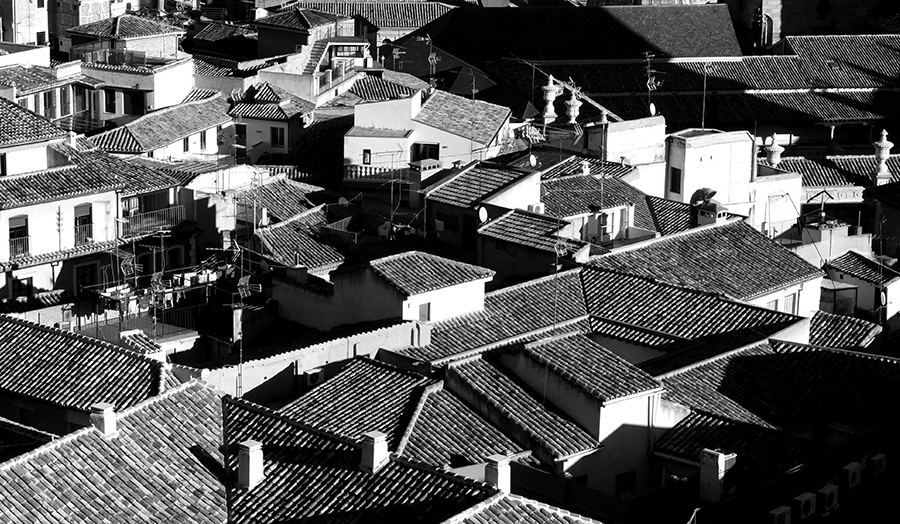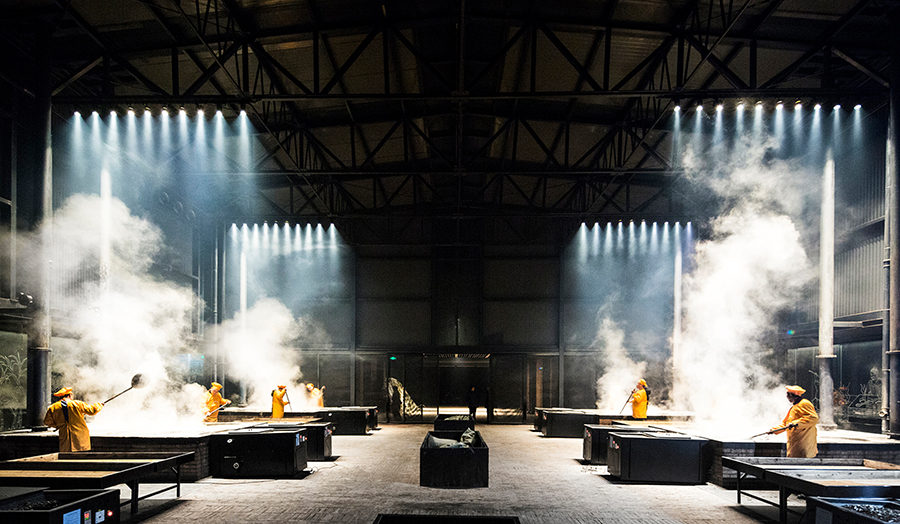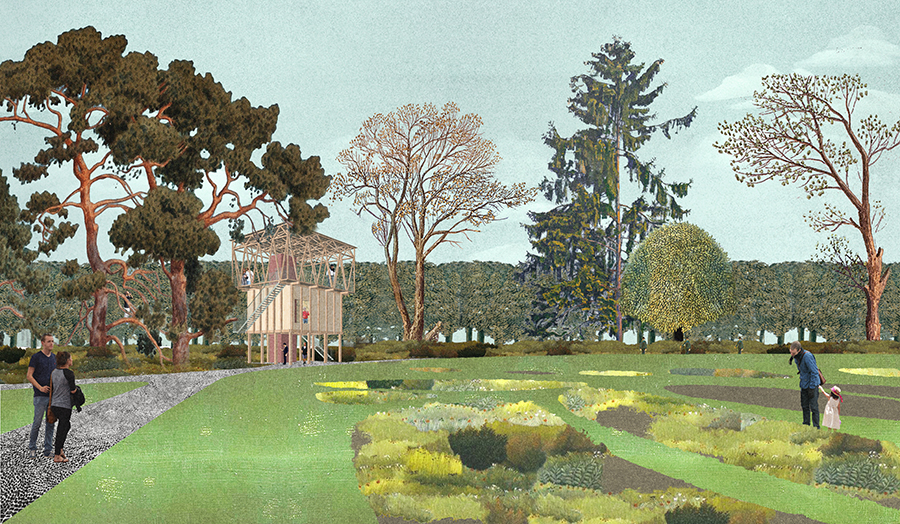Studio brief
(not) Housing
As the need to densify our cities grows and the responsibility of constructing our social infrastructure is placed on the developer, who will be the advocate of great public buildings and spaces?
The Smithsons regarded architecture as a backdrop to the city and the city in turn as a stage for the expression of human life. In light of a chronic housing shortage and abrasive urban renewal programmes, the production of shared amenities in a developer-led environment will test the relevance of this statement today.
You will work to build an architectural commentary on the housing crisis by considering the public buildings and spaces which should support it.
As a lingering phantom in our architectural narrative, reductivist, guilt-laden modernism has become the go-to language in cases where a broader vocabulary is otherwise missing. Greek Revival offered a recognisable language of restraint and sobriety to support its institutions: the British Museum, University College London and the National Gallery all examples of its appropriation. The competition for the Houses of Parliament ultimately won by Charles Barry in 1835 came with the prerequisite that the winning proposal must be in the Gothic Revival style, referring to an architectural idiom to establish governmental power through religious power. Even the cruise-liner aesthetic appropriated by early modernism in the UK, such as by Wells Coates at Embassy Court or at the many lidos on our coasts, elaborated a language born in Germany which became synonymous with holidays on the British seaside. By and large, architecture’s role in social housing and its supporting social infrastructure has existed outside of this tradition, and has struggled to adequately deploy an architectural idiom that extends beyond the humble, the embarrassed, or the underdressed.
We believe that architecture should be above all an experiential form, rather than an abstracted form. Visiting buildings and places which build the vocabulary of our architectural language will be fundamental to what we do. You will be encouraged to propose public buildings which are critical, referential and built on a consideration of the past. We will explore the notion that architecture can claim a position of autonomy, based on the "between" state identified by K Michael Hays in his 1984 essay Critical Architecture – Between Culture and Form.
We will work with you to develop rich, propositional work every week which will build a rhizomatic assembly of architectures which speaks on behalf of you. Some architecture may propose solutions, while others ask questions. How small can something "monumental" really be? Can an infrastructure be personal? How shared is space, really?
You will be encouraged to use the opportunity to treat each week’s work as an architecture that will represent the development of your own positions as an author – as well as a citizen – of the city.
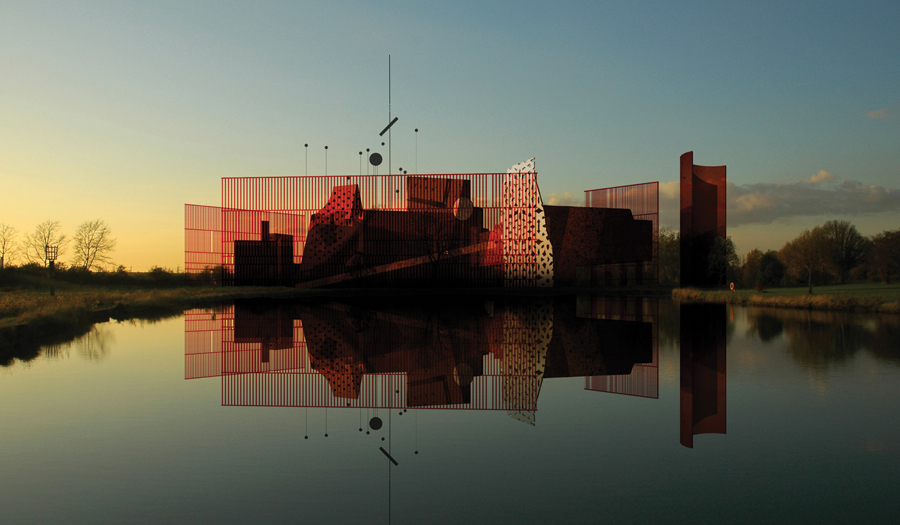
Details
| Course | Architecture BA (Hons) |
|---|---|
| Tutor | Kieran Thomas Wardle Owain Williams |
| Where | Central House, third floor studios |
| When | Tuesday and Friday |

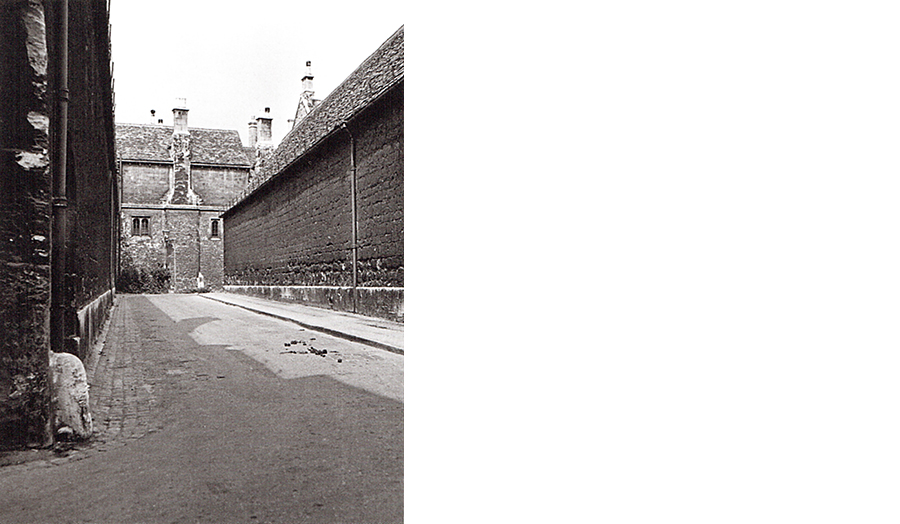
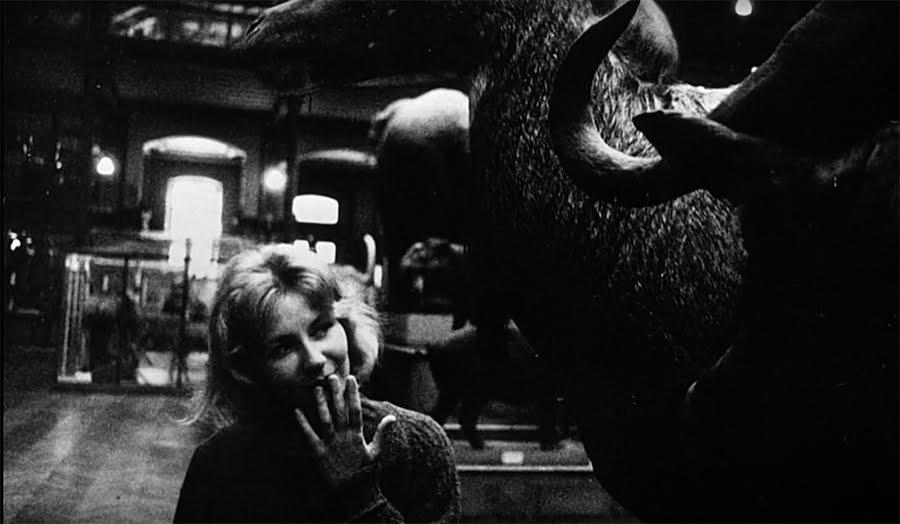
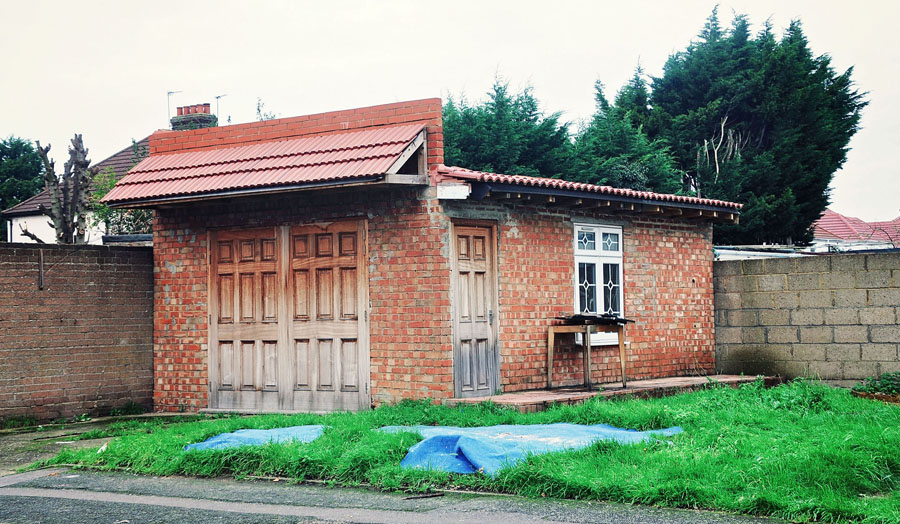
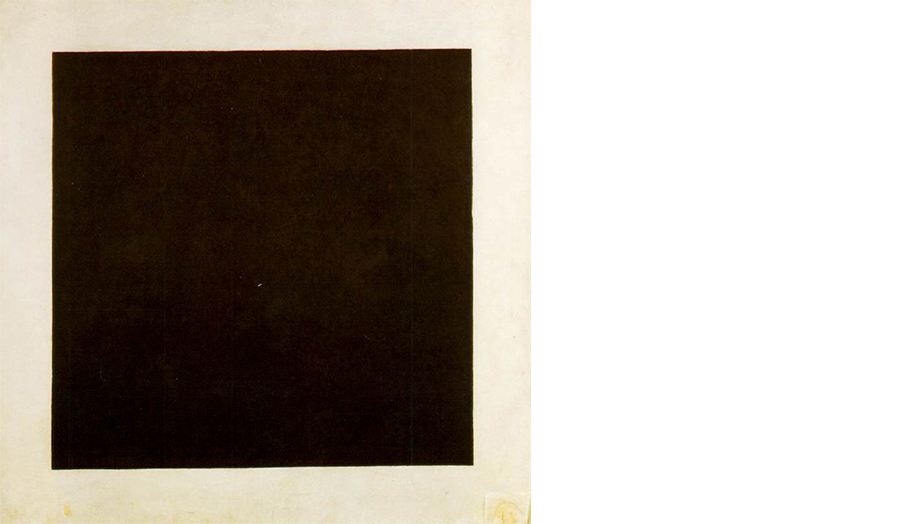
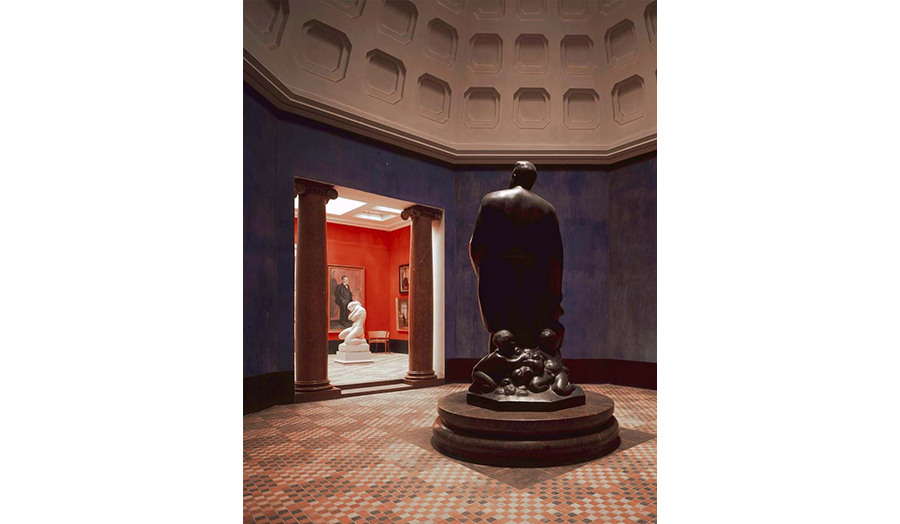
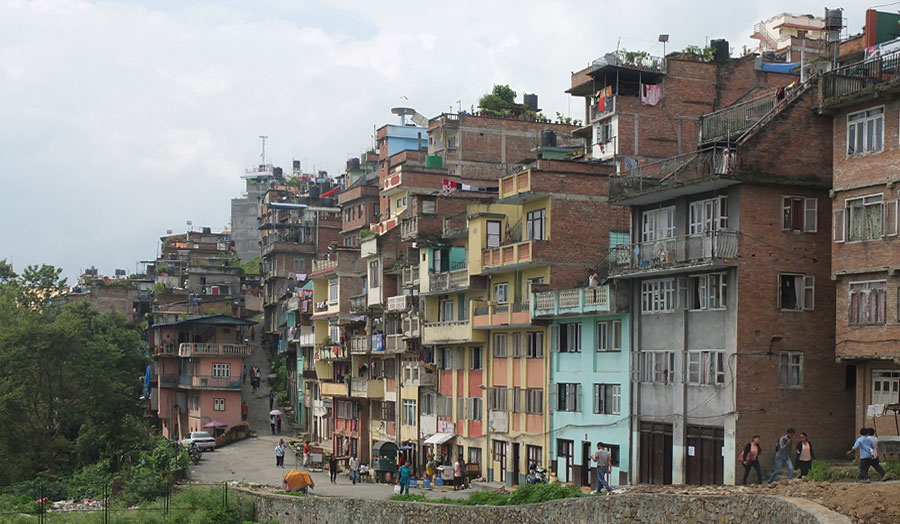
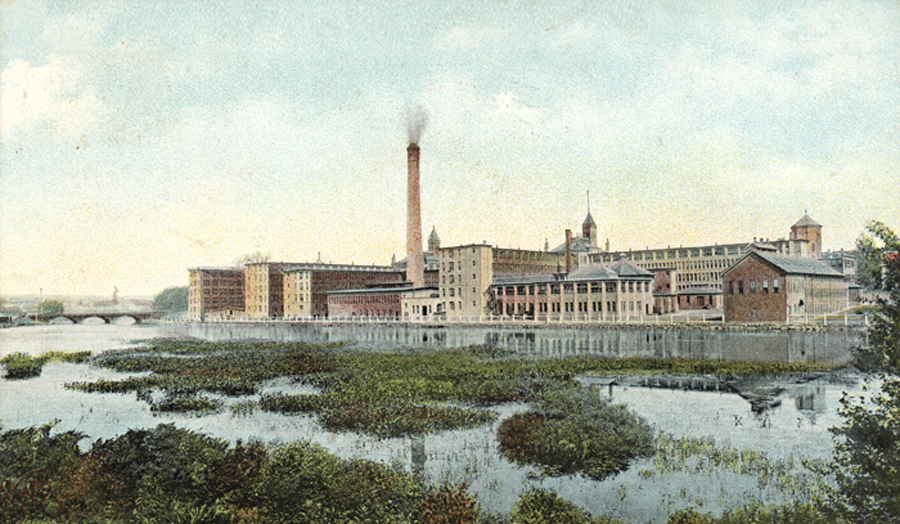
-(1).jpg)
